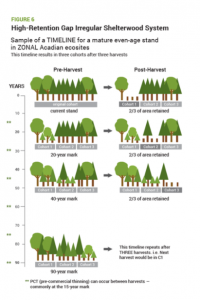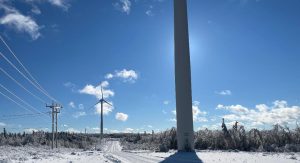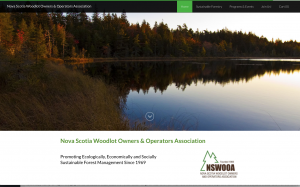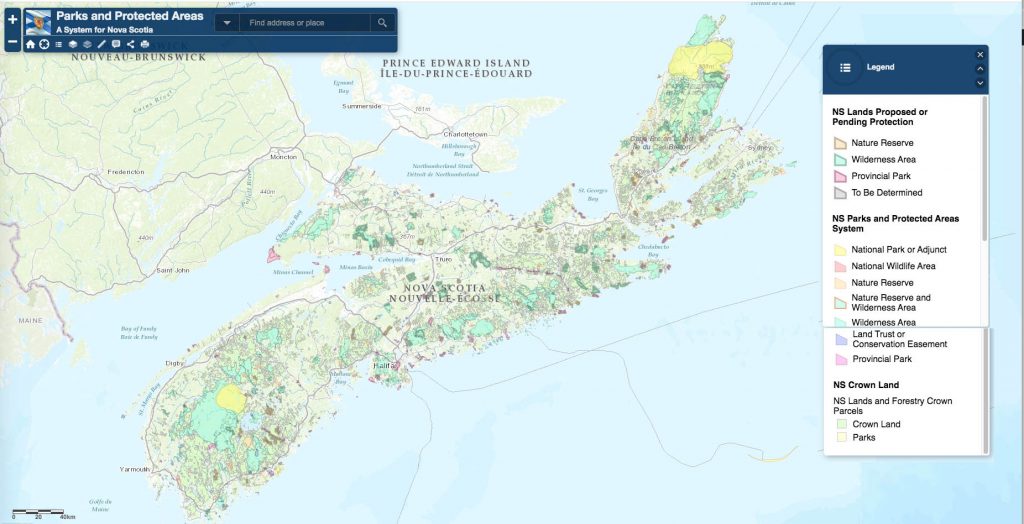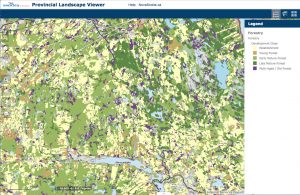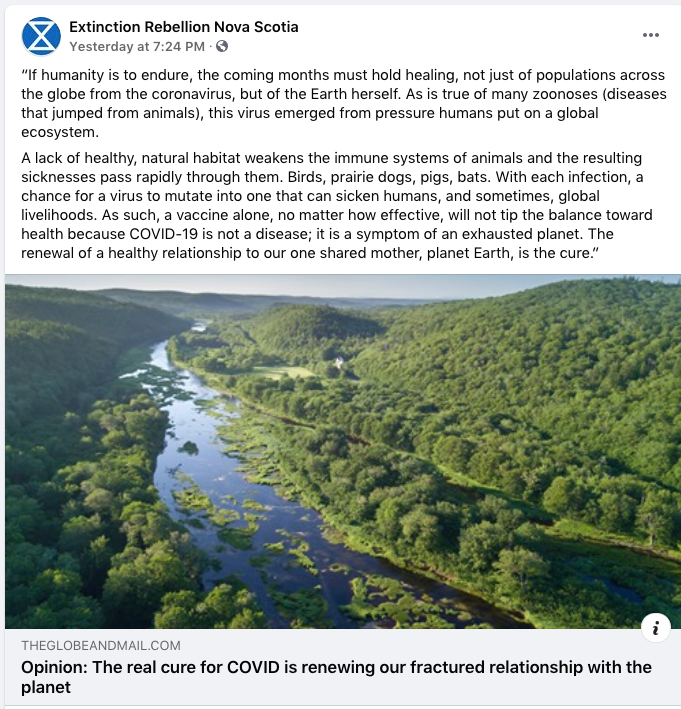UPDATE; Comment by Nina Newington on ‘what I actually said”
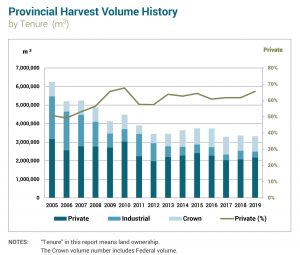
From the Executive Summary for the Registry of Buyers of Primary Forest Products Report FOR 2020-1. In 2005, ~12% of the volume came from Crown lands. It was 25% in 2019, while the contribution from Industrial lands (large Big Forestry holdings) declined from 37% in 2005 to only 9% in 2019. Most of these lands were sold to the Crown and in turn Big Forestry was given access to most of those lands. Mr. Burgess/Forest NS make it clear that they anticipate no reduction in wood volumes from Crown lands regardless of how the wood is cut when the Lahey Recommendations are implemented. Click on image for larger version
Big Forestry in Nova Scotia, well represented by Forest Nova Scotia, and WestFor and their individual advocates rarely comment in public in any detail on controversial issues except for the platitudes and pretty pictures and seem to eschew any participation in topical discussions in public forums or on social media.
I wish they would participate in public discussions. Likewise I wish Lands and Forestry would allow its professionals to be actively “out there”, highlighting and explaining L&F practices and policies and joining discussions about them – and being prepared to modify them based on the public dialogue and the facts and figures, science, and social values.
So I welcomed the comments by Todd Burgess, forestry outreach coordinator with Forest Nova Scotia, for his comments in the Chronicle Herald (Wrong Take in Forestry, CH Jan 19, 2021). Those were made in response to Facts and Figures cited earlier in the CH by Nina Newington (Forest Workers Dwindle, CH Jan 15, 2021) those in turn, responding to earlier letters to the Ed.
Continue reading

